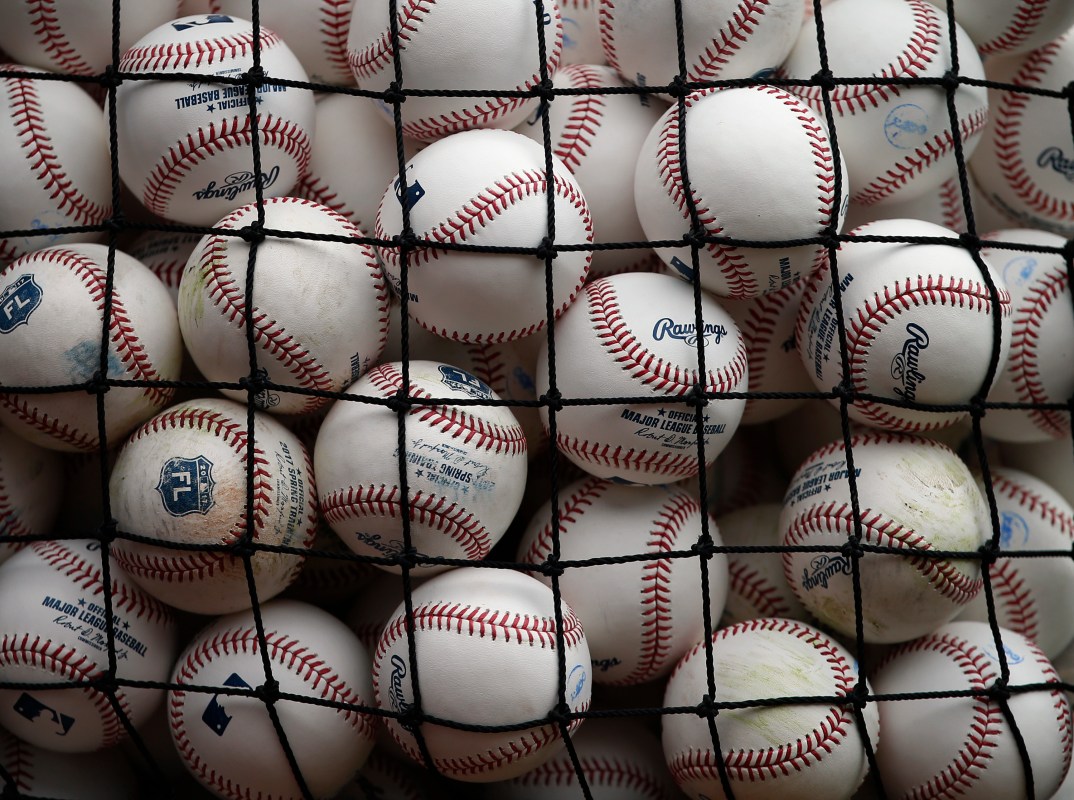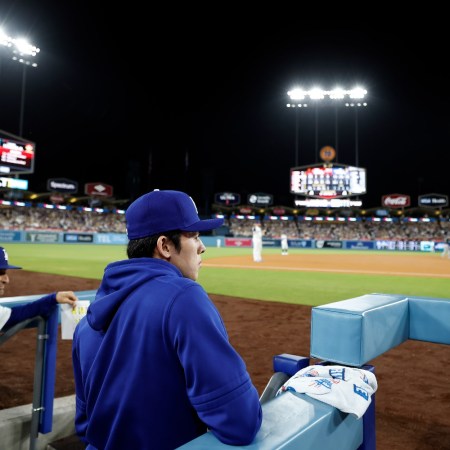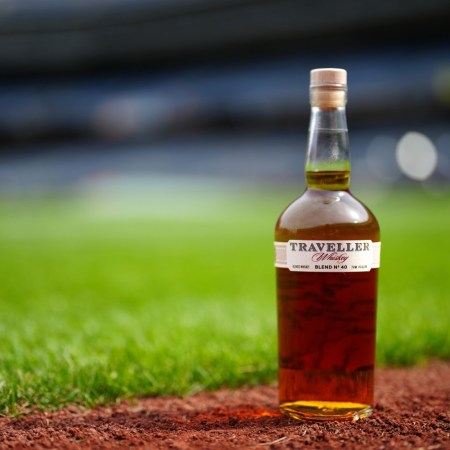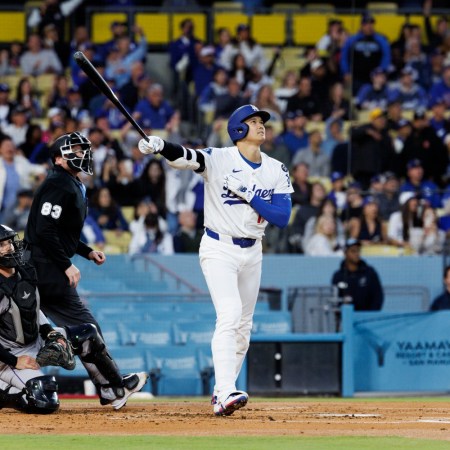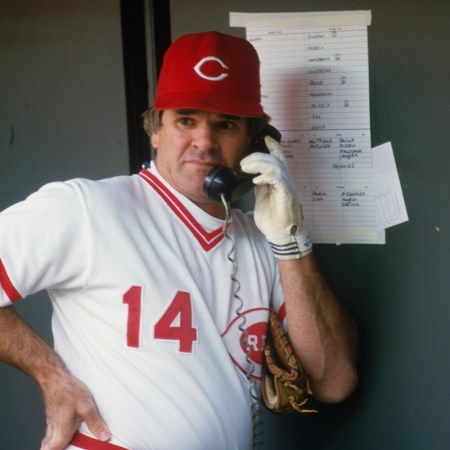Up there with the touchdown pass, the slam dunk and the goal, the home run is one of the most exciting plays in sports — one that people enjoy watching both in-person and on TV.
That’s why Major League Baseball, which saw its World Series ratings in 2020 drop 32% from the previous low that was set in 2012, deciding to deaden its standard Rawlings ball in order to reduce home runs seems like a pretty bad decision by a league that has a long track record of making ’em.
In 2019, baseball’s last full year, a record 6,776 homers were hit during the 162-game regular season. With 6.6% of plate appearances resulting in a tater in 2019, that rate fell only slightly during the pandemic-shortened 2020 season to 6.5%.
For some reason, the number of home runs, which coincided with a record increase in strikeouts, was deemed a bad thing by MLB. The league will now use balls with slightly reduced weight and decreased bounciness that will fly one to two feet shorter when hit over 375 feet.
While a foot or two of distance doesn’t seem like a big deal, every 3.3 feet of distance increases the likelihood of a home run by 10%. A physics analyst with knowledge of the situation said the change could be enough to reduce home run rates by around 5%, according to The Athletic. “It’ll be like adding five feet of outfield walls to every wall in the big leagues,” the analyst told the publication.
While a 5% decrease really isn’t all that much at the end of the day, any intentional reduction at all is foolish because it means baseball is purposefully cutting down on its most exciting play.
Home runs — which have been hit at an all-time high frequency in five of the last six MLB seasons — draw crowds and television audiences. For proof, just recall when the single-season HR record chase between Mark McGwire and Sammy Sosa in 1998 was must-see TV and drawing sellout crowds across the country wherever the St. Louis Cardinals or Chicago Cubs were playing. The ’98 race between the two sluggers indisputably helped MLB regain its footing and brought back fans who had lost interest in baseball after a labor dispute led to the cancellation of the 1994 World Series.
“The sluggers proved that baseball still has the power to thrill fans and to create tension and drama,” Richard Justice wrote in The Washington Post in September of ’98. “Fans latched onto the home run chase with ferocity and passion, some driving for hours and then paying hundreds of dollars for tickets to watch every minute of batting practice and then to see a game. Those who couldn’t be there in person turned their television sets back to baseball. Football may always be the ratings king in sports, but baseball made dramatic gains this summer.”
Though McGwire and Sosa have long since retired, the public’s love for the home run is still strong. MLB should recognize that, embrace it and keep the balls the same, if not for the good of the game, for the long-term health of pro baseball itself.
Even if they’re sick of pro baseball, people still dig the long ball. Keep ’em coming.
The Charge will help you move better, think clearer and stay in the game longer. Subscribe to our wellness newsletter today.
